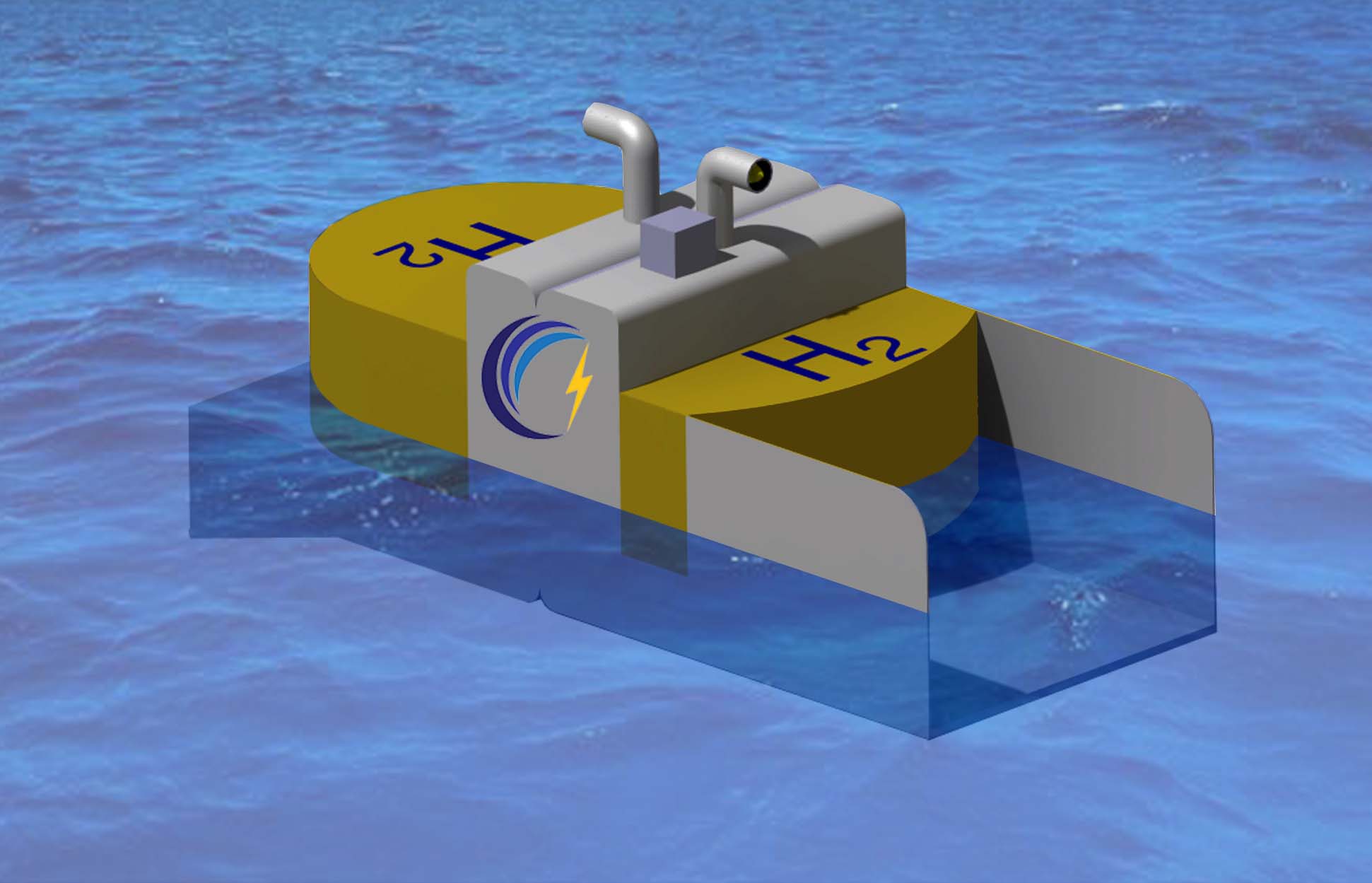Why Wave Energy
Due to limitations of fossil energy resources and environmental pollution arisen because of their defective chemical process of producing energy, the world is attracted to green and safe renewable energy resources to meet the increasing demand for energy. Amongst the renewable energy resources, the wave energy is considered to be one of the frontier resources as tremendous amount of energy is concentrated in the oceans worldwide. The estimated amount of worldwide annual wave energy by The World Energy Council is 17.5 PWh (PWh = Peta Watt hours = 1012 kWh), which is comparable with the estimated annual worldwide energy consumption of 16 PWh (Boyle, 2004). Moreover, Wave Energy Converters can capture energy up to 90% of the time, while only 20%~30% percent for wind and solar power (Drew et al., 2009). Hence, wave energy resources would be implemented to reliably support the energy demand worldwide together with other renewable energy resources.
Reference:
- Boyle, G., 2004. Renewable energy - power for a sustainable future. Oxford University Press.
- Drew, B., Plummer, A.R. and Sahinkaya, M.N., 2009. A review of wave energy converter technology. Proceedings of the Institution of Mechanical Engineers, Part A: Journal of Power and Energy, 223(8), pp.887-902.
About Us
Company Profile
Wave To Energy is a spin-off company that its core is constituted by PhD researchers (Dr Kourosh Rezanejad, Dr Marzieh Hashemzadeh Khameneh and Dr Hamidreza Jafaryeganeh). All the activities of the company mainly rely on the outstanding R&D experiences and industrial background of its core members. The company is exclusively established to promote the technology and application of Wave Energy Converter systems.
Team Members
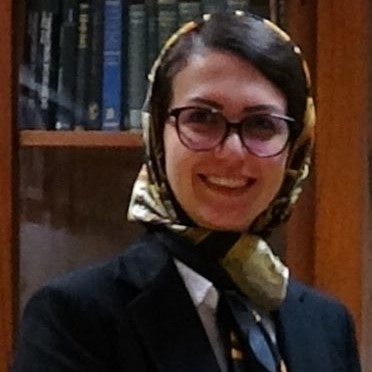
Marzieh Hashemzadeh
(CEO & CO-FOUNDER)
•PhD / Marine Engineering
View Linkedin ProfilePhD MSc in Naval Architecture and Marine Engineering. She is senior researcher in the field of structural analysis and construction technology. In academy, her research was about the welding simulation and structural analysis of welded structural components. She is expert in detailed structural design of small- and large-scale specimens, fixed and floating marine structures using FEM software.In industry, she has experiences working in the project management team as project deputy manager as well as deputy engineering coordinator. She has wide experiences on working in the shipyards which allows her to become familiar with the construction process of floating structures, specifically in the construction design, construction technologies, QC and QA control, welding NDT tests, launching of ships, procurement and storing materials and tools.
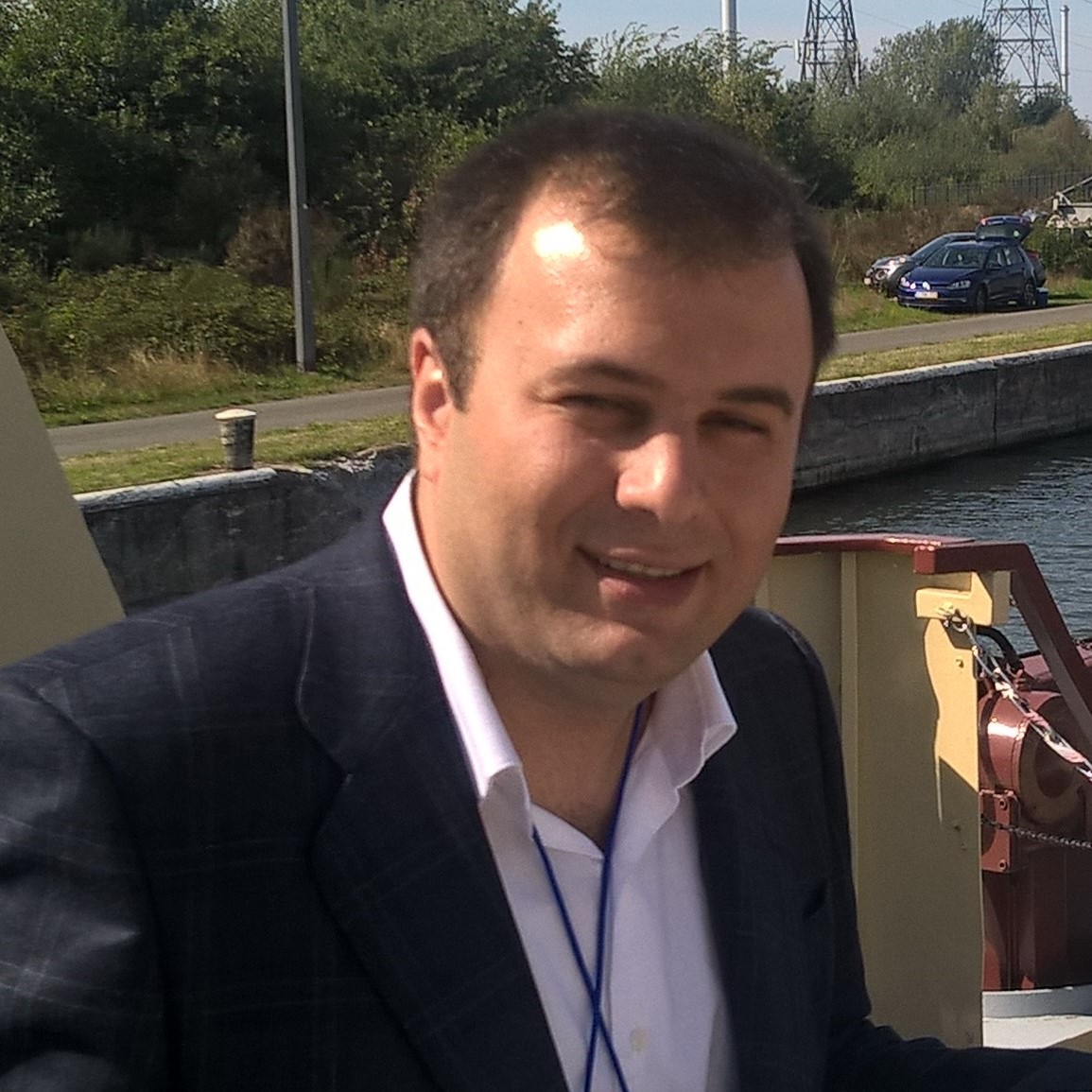
Kourosh Rezanejad
(CTO & CO-FOUNDER)
•PhD / Marine Renewable Energy
View Linkedin ProfilePhD MSc in the field of Naval Architecture and Marine Engineering. He is the inventor of the Floating Dual Chamber Oscillating Water Column device. He has been exclusively focused on R&D activities on Wave Energy Converters in the last ten years. His PhD thesis dissertation was also about improving the hydrodynamic performance of Oscillating Water Column WEC devices. He could reach outstanding achievements (and prove them by using numerical and experimental approaches) in terms of improving the efficiency of shoreline OWC devices by application of a step in the sea bed and dual chamber OWC systems. He disseminated more than 30 publications in top level international journals, books, and conferences. He was involved in four European projects to promote the application of Wave Energy Converter devices. His invention regarding the Floating Dual Chamber OWC device is the outcome of his continued R&D activities on WECs to improve their efficiency. Before starting his PhD studies, he was Senior Consulting Engineer in the Engineering, Procurement and Construction (EPC) project of Iranian First Research Vessel (Ship).
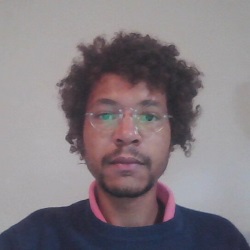
Gael Anastas
(COO)
•MSc/ Mechanical Engineering
View Linkedin ProfileMSc in mechanical engineering from the French top ranked Arts & Metiers ParisTech Highschool. He worked for three years in the automotive industry as a project manager, assessing and choosing the best technological solutions to comply with both, production requirements and commercial commitments. He was in charge of a 5M€ project dedicated to the challenging production of a complex new product. He is now involved for three years in the Wave Energy Converter field, working within the framework of the European OWC-Harbour project (ref. PTDC/EME-REN/30866/2017), which aims to develop the recently created concept of dual chamber Oscillating Water Column device. He has been developing a numerical model and setting-up experimental tests in flumes and tanks. He published in four international conferences. During the aforementioned work experiences, He acquired the competences that are expected from a Chief Operating Officer in order to address his daily working challenges. Namely, strong strategic and project managements skills, the sense of collaboration, comprehensive technical knowledge, and a problem solving mindset, combined with excellent communication skills, as he speaks fluently four languages - French, English, Portuguese and Spanish.
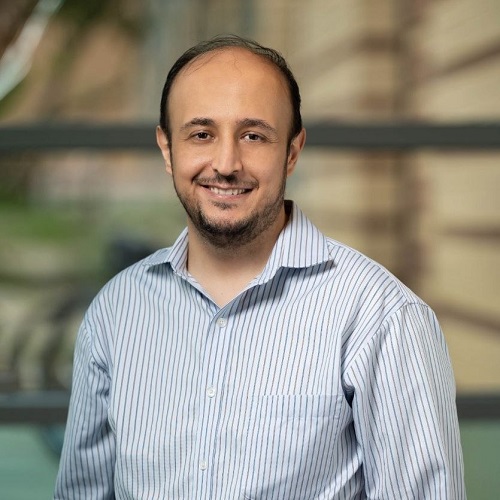
Mohammad Jahanbakht
(CFO)
•PhD in Engineering and Public Policy
View Linkedin ProfileMSc in Electrical Engineering from Stanford University, dual PhD in Engineering and Public Policy from Carnegie Mellon University and Technological Change and Entrepreneurship (TCE) from Catolica Lisbon School of Business and Economics. Currently an Assistant Professor in Industrial, Manufacturing, and Systems Engineering (IMSE) at University of Texas and previously taught strategy, entrepreneurship, and innovation at Bertolon School of Business in Boston. His university research focus is on technology management and innovation policy and published in respectable management journals such as Organization Science and technology and innovation journals such as telecommunications Policy and IEEE. He joined Wave to Energy as Chief Financial Officer (CFO).
Business Plan
-
(a) Key potential partners to promote the new technology and support penetrating into the commercial market:
- Marine transportation companies can play a vital role as not only a prominent customer of the technology and also as a key partner to support the new FOWC device as this technology is able to provide Green Hydrogen to their fleets at sea with competitive price. It should be noted that the entire maritime sector (transporting 90% of goods in the globe) that should seriously look into renewable fuels such as hydrogen and ammonia, because International Maritime Organization (IMO) obliged them to reduce their total global greenhouse gas (GHG) emissions by at least 50% by 2050.
- Oil and gas companies can also act as another prominent supporter to promote the FOWC technology as they need to move into the Renewable Energy sector because of the decreasing trend of demand in fossil fuels and commitment of the countries to reduce the GHG emissions that obliged those companies to invest on renewable energy production.
- Investment companies (governmental or private sectors)
- Renewable Energy technology developers
- Renewable Energy technology developers
-
(b) Key resources:
- Existing Intellectual Property (IP) as well as the new IPs (regarding the new and optimized design of the FOWC system with its sub-components)
- Capital resources of the investors
- Increasing demand and need for using renewable energy that may oblige/motive key potential partners or customers on the FOWC technology
-
(c) Key activities:
- Developing and selling the License of the FOWC technology to potential customers (stated in below)
- Consultation services to the potential customers to engage with manufacturers/instrumentation suppliers/sub-contractors to build up the FOWC system
- Consultation services to the potential customers to operate with the FOWC technology
-
(d) Potential customers:
The emerging “blue economy” provides an alternative market for wave energy. Technology innovation is fuelling high-growth industries including marine aquaculture, ocean observation, marine robotics, biofuels, and seawater mineral extraction. In general, wave energy can play a unique role in these sectors, providing power at sea in off-grid and offshore locations, untethered from land-based power grids. In particular, the following potential customers are considered as the target market:
- All the marine transportation sectors would be potential customers to produce hydrogen for their future generation marine vehicles
- All the renewable energy producers could be potential customers
- Oil and gas companies which need to move through producing renewable energy instead of fossil fuels
- Ports and coastal service companies may be potential customers that can supply electricity to the ports or hydrogen to the ships.
- This FOWC technology could be a cheap and prompt solution to supply energy demand of the rural areas of developing countries or remote islands. This technology may also be implemented to produce fresh water for those regions.
- Ports management sectors or floating breakwater design companies could be our customers to protect ports from sea waves using our highly efficient novel technology (as it can act also as an efficient floating breakwater system)
-
(e) Revenue Streams:
- Primary revenue stream comes from selling the license of the FOWC technology to potential customers
- Secondary revenue stream comes from consultancy services that it will be provided to the customers to customize the design of the FOWC technology according to the available demands and the characteristics of the installation site.
- Third revenue stream may come from consultant activities in the EPC project for constructing and building up the FOWC device.
- Fourth revenue stream may come from providing consultation services to the potential customers to operate with the FOWC technology.

